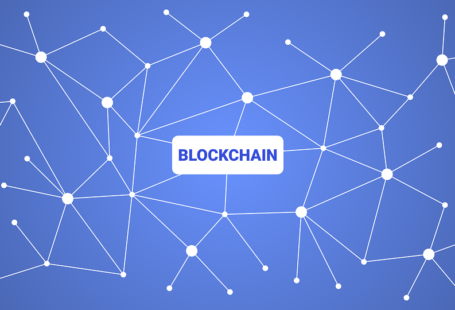Digital transformation is the buzz-word in the current corporate scenario as automation is now a critical part of the entire metamorphosis. With RPA (Robotic Processing Automation) and the latest phenomenon of DPA (Digital Process Automation), companies are now moving ahead in the domain of automatic processing in order to stay ahead in the game. With the RPA market set to achieve an estimated $2.46 billion by 2022, and DPA finding consideration among the big players, can we expect a showdown of RPA Vs. DPA? Or do they complement each other? Let us find out.
What Is Robotic Processing Automation?
RPA is a software that enables businesses to optimise their productivity by automating low-priority or mundane tasks that do not require human insight and creativity. As we go further, RPA is being designed to handle monotonous, routine tasks and operations that will free up employees to engage in more care sensitive matters and dealing. However, one should not consider it as a fix but instead, but as a critical resource for running an enterprise.
RPA Applications
RPA can be incorporated in areas where deploying human skill is cost as well as time intensive. It should be used at a surface level, and help organisations fill the gaps in between significant tasks like data filling, output tasks and run 24/7 without a break or error.
Benefits of RPA
While many might consider RPA to be a subdued version of BPM (Business Process Management), RPA doesn’t work on synthesising the core operations of a business. It is merely support or a helping hand. Some of the benefits of RPA are:
• Reduces cost
• Optimises work flow
• Improves productivity
• Is not prone to manual error
• Integrated easily to ensure compliance with the existing IT infrastructure
What Is Digital Processing Automation?
DPA branches out from the traditional BPM and can also be regarded as a supplement to the above-discussed RPA. While BPM manages the infrastructure of business and keeps a check on operations, DPA works more on the experience side and building camaraderie with the customer.
With immense importance being given to customer support and the larger requirement of Customer Relationship Management, DPA is a reinforcing, automating software that reaches out to users and customers and ensures that the work put in by RPA and BPM is displayed in a consumer-friendly manner – to those who interact with the company.
The DPA Integration
Companies who understand the value of customer relationship are quick to act on DPA and its integration.
DPA can be integrated into the existing tech infrastructure via the Orion Platform, SAM (Software Asset Management) and SRM (Storage Resource Monitor). If integrated via Orion, the database summary will display collective and aggregated data. On the other hand, if used with SAM, users will be able to view resources as well, along with the data summary and subsequently, track performance data. SRM is more storage-centric and will dig up info from the database to determine success or failure factors.
Companies today are slowly understanding the value of DPA integration and trying to get in on the action in this space. For instance, DPA re-engineered the business processing for Taco Bell helped save $1.98 billion due to inefficiency and lack of interaction. On the other hand, Google was able to refine its hiring process to be more interactive and engaging, thanks to DPA.
The Convergence of RPA and DPA
In a few years from now, DPA won’t merely be just fancy terminology but an essential tool for business sustainability. The convergence of RPA and DPA lies in their ability to automate processes to simplify businesses.
While RPA is focused on eliminating redundancy, DPA takes this efficiency to the next level – in the form of seamless customer experience. DPA has the advantage of leading to smartly coded apps – that can be used anywhere at any time by the customer and do not involve the exorbitant cost of building an app.
However, since DPA is the new kid on the block, it doesn’t have RPA’s capability to replace human tasks completely. Not to mention, dealing with customers requires a specific human element which cannot be substituted by bots beyond a point. This is where organisations can decide how can both DPA & RPA work in tandem to improve the ultimate user and customer experience. Which makes it the ideal fit for not just Sales and Marketing, Human Resources and Production.
The Future Deployment
Though it is not possible to do away completely with RPA, the RPA-DPA convergence can lead to a more significant impact on the aim of achieving digital transformation – leading to better business results.




